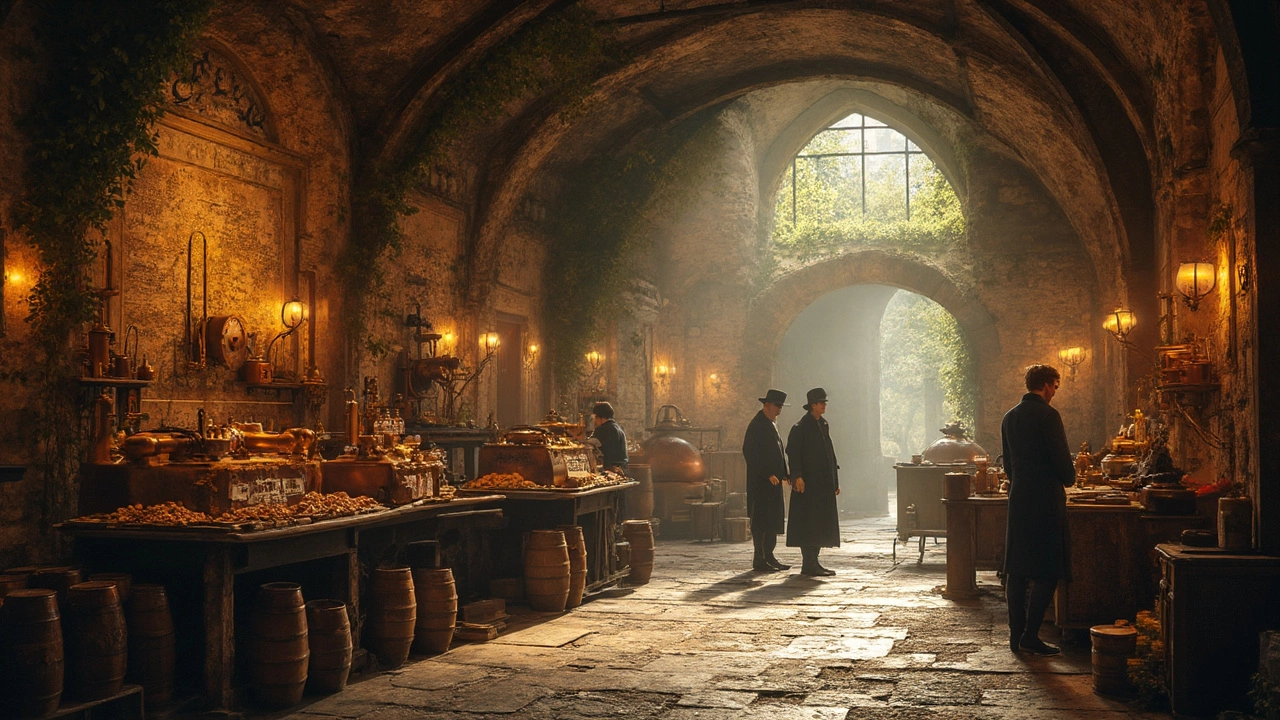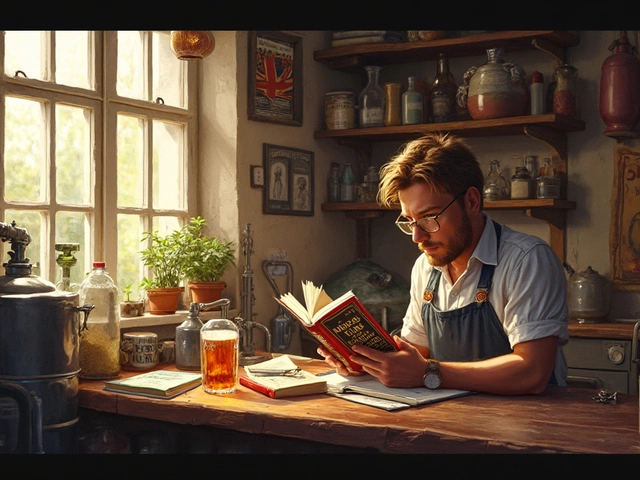Gin Making: A Simple Step‑by‑Step Guide for Home Brewers
Ever wondered how that crisp, juniper‑forward spirit ends up in your glass? You don’t need a massive distillery to figure it out. With a few basic tools, some fresh botanicals, and a bit of patience, you can create a batch of gin that tastes exactly how you want it. Let’s break down the process so you can start experimenting right away.
Essential Equipment and Safety
The first thing you need is a small still. Many home brewers start with a 5‑liter copper or stainless‑steel pot still; it’s cheap enough for a first run but sturdy enough for repeated use. Make sure the still has a reliable thermometer, a condenser, and a tight‑fitting lid – any leaks can waste alcohol and cause safety hazards.
Safety isn’t optional. Always work in a well‑ventilated area, keep a fire extinguisher nearby, and never leave the still unattended. Alcohol vapors are flammable, so a kitchen exhaust fan or outdoor setup is ideal. Remember to wear heat‑resistant gloves when handling hot components.
Besides the still, you’ll need a large stainless‑steel pot for the mash, a fine‑mesh strainer or cheesecloth for filtering, and clean glass bottles with airtight caps for storage. A digital scale helps you weigh botanicals accurately, and a pH strip can keep your mash from getting too acidic.
Choosing and Balancing Botanicals
Juniper berries are the heart of any gin, but the flavor journey begins with how you treat them. Lightly crushing the berries releases essential oils without turning them bitter. Common companions include coriander seed, angelica root, and citrus peels – each adds a distinct layer.
A good rule of thumb: start with a 2:1 ratio of juniper to all other botanicals combined. From there, tweak to taste. If you love a bright, citrusy gin, add more orange or lemon peel. For a spicy edge, throw in a pinch of cardamom or a few peppercorns. Keep notes on every batch – the exact grams, steep time, and any changes you make – so you can replicate successes and avoid repeats.
There are two main ways to extract flavors: the maceration method and the vapor infusion method. Maceration means soaking the botanicals in neutral grain spirit for a few hours (or overnight) before distillation. Vapor infusion sends the steam through a basket of botanicals during distillation, giving a lighter, more aromatic profile. Many home makers combine both: macerate juniper and a few heavy roots, then add citrus peels in the vapor basket for a fresh finish.
When you’re ready to distill, start the still and slowly raise the temperature. The first 5‑10% of the run (the “heads”) contains unwanted volatile compounds and should be discarded. Collect the “hearts” – that’s the clean, flavorful gin – until you reach the “tails,” which are harsher and can be saved for a future mash.
Once you’ve collected the heart cut, dilute it with filtered water to your desired bottling proof (usually 40‑45% ABV). Let the gin rest for a few days in a sealed container; this lets the flavors meld and any harsh edges soften. Finally, filter one more time, bottle, label, and enjoy.
That’s it – a full cycle from raw botanicals to a bottle of your own gin. The process may sound technical, but once you have the basics down, you’ll find endless room for creativity. Experiment with exotic spices, herbs, or even tea leaves to give your gin a signature twist. Cheers to making gin your way!
Step back in time and explore the fascinating world of gin at the oldest distillery on the planet. This article unveils which gin distillery holds the title of being the oldest and shares intriguing insights about its history and operations. Find out where it is, what makes it unique, and how you can visit and experience its rich stories firsthand. Whether you're a gin aficionado or just curious about its storied past, this journey will enlighten and inspire your taste buds.
View Details

